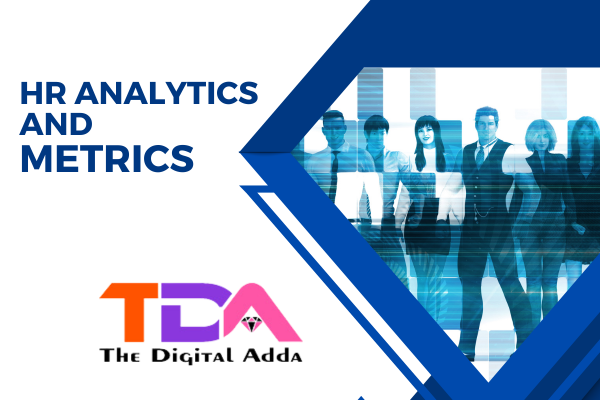HR Analytics and Metrics Certification
HR Analytics and Metrics Certification focuses on the application of data analysis and metrics in human resource management to inform decision-making, improve HR processes, and drive organizational effectiveness. It involves the use of quantitative and qualitative methods to measure and analyze HR-related data, such as employee performance, turnover, engagement, and recruitment metrics. Key aspects of HR analytics and metrics include:
- Data Collection and Management: Gathering, organizing, and managing HR data from various sources, including HRIS (Human Resource Information Systems), employee surveys, performance evaluations, and recruitment databases.
- Data Analysis and Interpretation: Analyzing HR data using statistical techniques and tools to identify trends, patterns, and insights relevant to HR decision-making.
- Metrics Development: Developing key performance indicators (KPIs) and metrics to assess HR processes and outcomes, such as time-to-hire, turnover rate, cost per hire, and employee productivity.
- Predictive Analytics: Applying predictive modeling and forecasting techniques to anticipate future HR trends and outcomes, such as identifying flight risks or predicting performance.
- Data Visualization: Communicating HR insights effectively through data visualization techniques, such as charts, graphs, and dashboards, to facilitate understanding and decision-making.
- Strategic HR Planning: Using HR analytics to align HR strategies with organizational goals and objectives and support strategic workforce planning initiatives.
Key Components
- Technical Skills: Mastery of data analysis tools and software, such as Excel, SPSS, R, Python, or specialized HR analytics platforms.
- Statistical Knowledge: Understanding of statistical methods and techniques relevant to HR analytics, such as regression analysis, correlation, and hypothesis testing.
- Business Acumen: Ability to translate HR data into actionable insights that align with organizational goals and contribute to business success.
- Communication Skills: Capability to effectively communicate HR insights and recommendations to stakeholders at all levels of the organization, including HR professionals, executives, and frontline managers.
Where It Is Used
Corporate Sector
- Strategic HR Decision-making: HR analytics is used by corporations to inform strategic decisions related to talent acquisition, workforce planning, performance management, and employee engagement.
- Talent Management: Companies leverage HR analytics to identify high-potential employees, assess succession readiness, and design targeted development programs.
- Workforce Optimization: HR analytics helps organizations optimize workforce allocation, identify skill gaps, and improve workforce productivity.
Human Resources Management Consulting
- Advisory Services: HR consulting firms provide advisory services to organizations on implementing HR analytics strategies, developing HR metrics frameworks, and interpreting HR data insights.
- Training and Development: HR consultants offer training programs and workshops to HR professionals on HR analytics tools, techniques, and best practices.
Technology and Software Industry
- HR Technology Solutions: HR technology vendors develop and offer HR analytics software platforms and tools to help organizations automate data collection, analysis, and reporting.
- Software Implementation and Integration: HR analytics consultants and experts assist organizations in implementing and integrating HR analytics software solutions into existing HR systems and processes.
Academic Institutions
- Education and Training: Academic institutions offer HR analytics certification programs, courses, and workshops to students and HR professionals seeking to enhance their analytical skills and knowledge in HR analytics.
- Research and Development: Academic researchers conduct studies and research projects in HR analytics to advance the field’s understanding, methodologies, and best practices.











